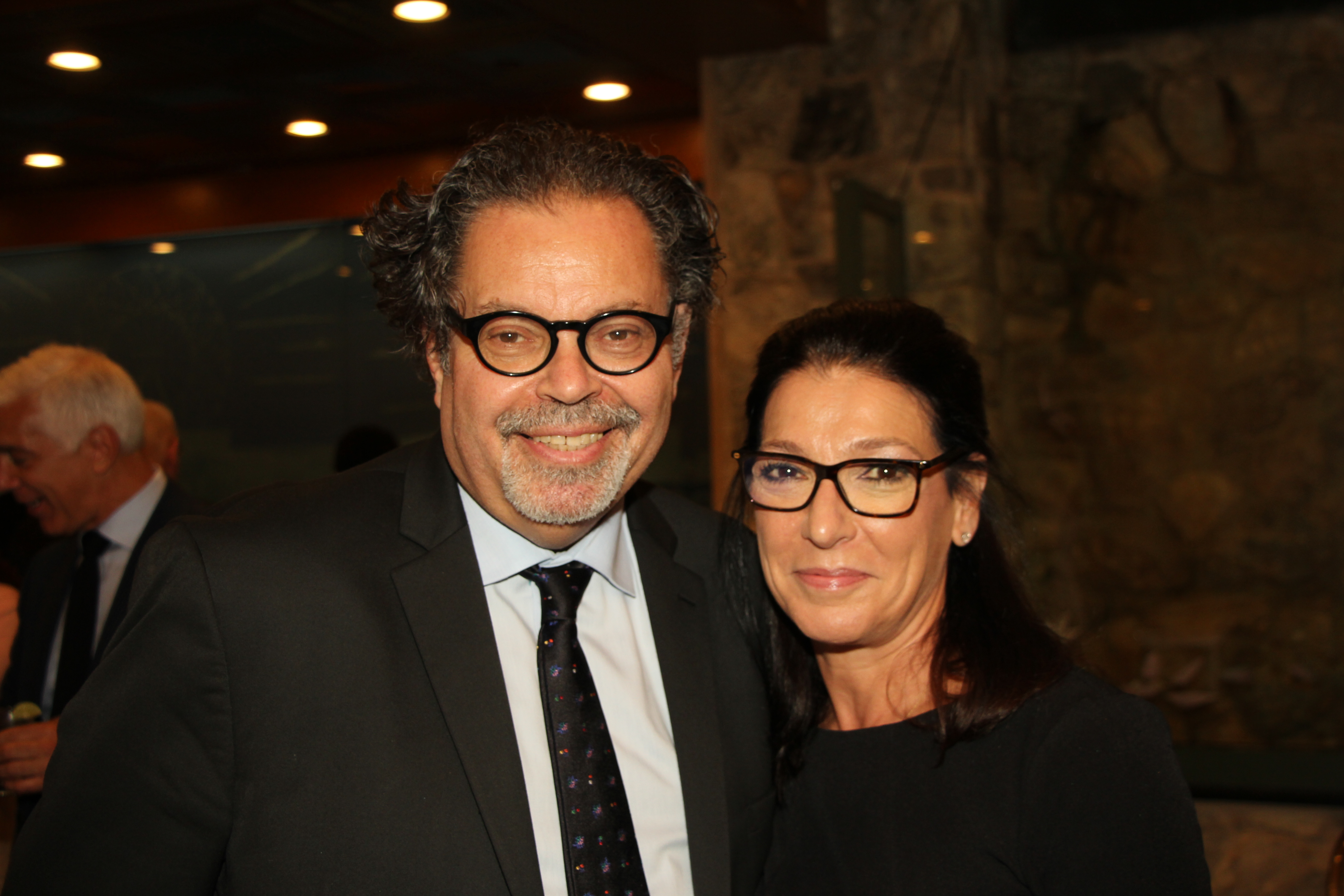Columbian Lawyers get a crash course in new presumptive mediation program

The New York State court system recently began presumptive mediation for its civil cases. It’s a big change that naturally has many lawyers and judges skeptical. However, Justice George Silver has been travelling around the city with a message to skeptics — presumptive mediation works.
“Don’t be afraid of presumptive mediation,” said Justice Silver, deputy chief administrative judge for the NYC courts. “Don’t be afraid of it, embrace it. We’re not going to force you to settle cases. What we’re really doing, and it’s to the benefit of everyone, is we’re looking at cases earlier than later.
“Certainly we know that there are cases that will never settle and will have to go to trial, but there certainly are that we can identify, and if we can settle 15 to 20 percent of cases, that leaves room for judges and everyone to work on more difficult cases.”

Brooklyn Boro
View MoreNew York City’s most populous borough, Brooklyn, is home to nearly 2.6 million residents. If Brooklyn were an independent city it would be the fourth largest city in the United States. While Brooklyn has become the epitome of ‘cool and hip’ in recent years, for those that were born here, raised families here and improved communities over the years, Brooklyn has never been ‘uncool’.